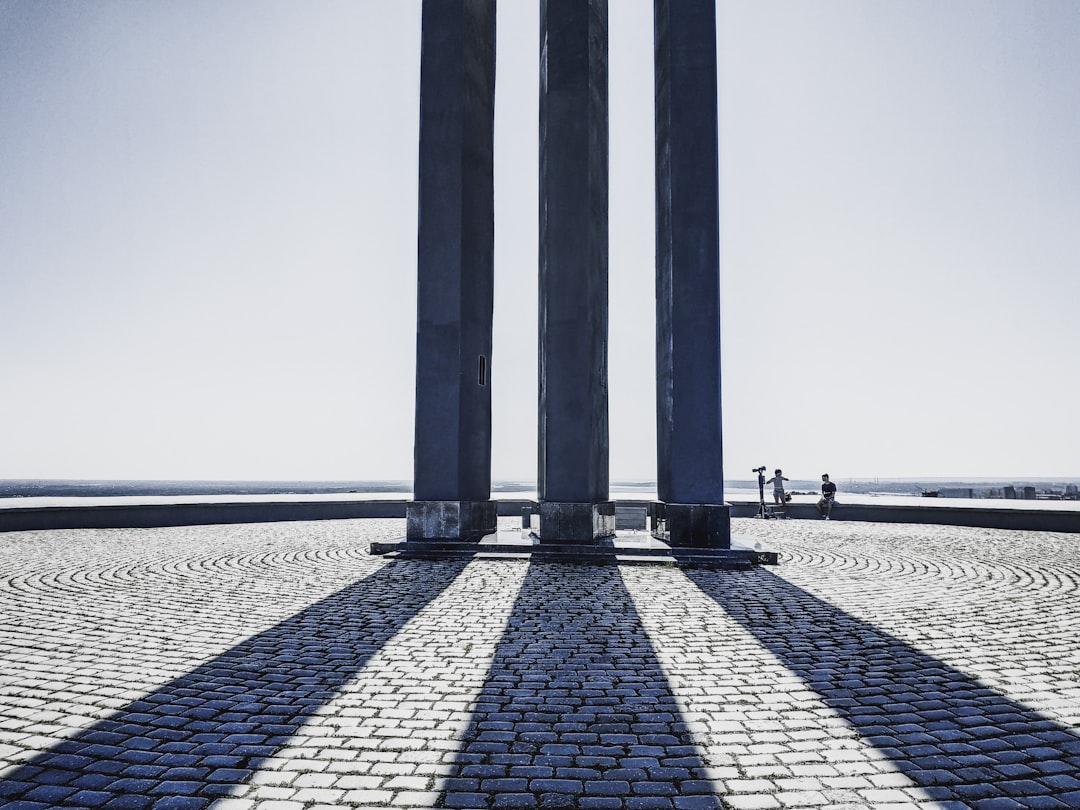
Exploring the Legacy: The History Behind Famous Monuments.
# Introduction. Monuments serve as timeless reminders of human achievement, culture, and historical events. They are not just mere structures; they encapsulate the stories, struggles, and triumphs of societies that have come before us. From the grandeur of ancient civilizations to modern architectural marvels, the history behind famous monuments offers a fascinating glimpse into the past. This blog post explores the historical significance, architectural prowess, and cultural impact of some of the most renowned monuments around the world. # The Great Pyramid of Giza: An Ancient Wonder. Among the Seven Wonders of the Ancient World, the Great Pyramid of Giza holds a special place, standing as a testament to the ingenuity of the Ancient Egyptians. Built around 2560 BC as a tomb for Pharaoh Khufu, it remains the only surviving wonder and the largest of the three pyramids on the Giza plateau. Composed of approximately 2.3 million blocks of stone, with each weighing between 2.5 and 15 tons, its construction continues to baffle historians and engineers alike. The pyramid not only reflects the advanced understanding of engineering and mathematics of the time but also highlights the importance of religion in ancient Egypt, where the afterlife was a significant aspect of their culture. The precision with which the Great Pyramid was built aligns perfectly with the cardinal points, showcasing the Egyptians’ deep knowledge of astronomy. # The Colosseum: A Symbol of Ancient Rome. In the heart of Rome lies the Colosseum, an iconic structure of ancient architecture. Completed in 80 AD, this amphitheater epitomized the Roman Empire's engineering capability and served as a venue for gladiatorial contests, public spectacles, and dramas. With a seating capacity of over 50,000, the Colosseum was a hub of social and political life in ancient Rome, reflecting the society’s values and the brutal nature of their entertainment. The Colosseum's construction was innovative for its time, incorporating the use of arches and concrete. It has endured the test of time, surviving earthquakes and stone robbers, yet stands today as a UNESCO World Heritage Site and one of the most popular tourist attractions globally. Its history represents both the grandeur and the moral complexities of Roman civilization. # The Taj Mahal: A Love Story in Marble. Constructed in the mid-17th century, the Taj Mahal is often described as a symbol of love. Commissioned by Mughal Emperor Shah Jahan in memory of his beloved wife Mumtaz Mahal, this white marble mausoleum showcases the pinnacle of Mughal architecture. The intricate detailing, symmetry, and expansive gardens surrounding the monument symbolize not only Shah Jahan’s grief but also the peak of Islamic art in India. Made from white marble that reflects hues of pink, orange, and golden shades at different times of the day, the Taj Mahal's beauty is matched only by its tragic love story. It has become a symbol of romance, attracting millions of visitors each year and standing as a UNESCO World Heritage Site, embodying the cultural fusion that defines India. # The Eiffel Tower: A Modern Engineering Marvel. When the Eiffel Tower was completed in 1889 as the entrance arch for the 1889 Exposition Universelle in Paris, it faced immense criticism. Many considered it an eyesore, but over the years, it has become one of the most recognized structures in the world. Designed by engineer Gustave Eiffel, the tower showcases the beauty of iron architecture and the transformation of engineering in the 19th century. Standing at 324 meters, it was the tallest man-made structure in the world for 41 years. Its design reflects the industrial age and innovation, evolving into a global cultural icon synonymous with romance and art. Today, the Eiffel Tower endures as a symbol of Paris, attracting millions who seek to experience its breathtaking views of the city. # Conclusion. The history behind famous monuments reveals not only the artistry and ingenuity of their creators but also the cultural narratives and historical contexts in which they were built. Each monument tells a story of power, love, endurance, and identity, representing a dialog between the past and present. From the ancient pyramids of Egypt to the modern marvels of engineering like the Eiffel Tower, these structures not only attract visitors but also invite them to engage with the complex histories that shaped them. Embracing these narratives can deepen our understanding of world heritage and the architectural legacies that continue to inspire generations. .









